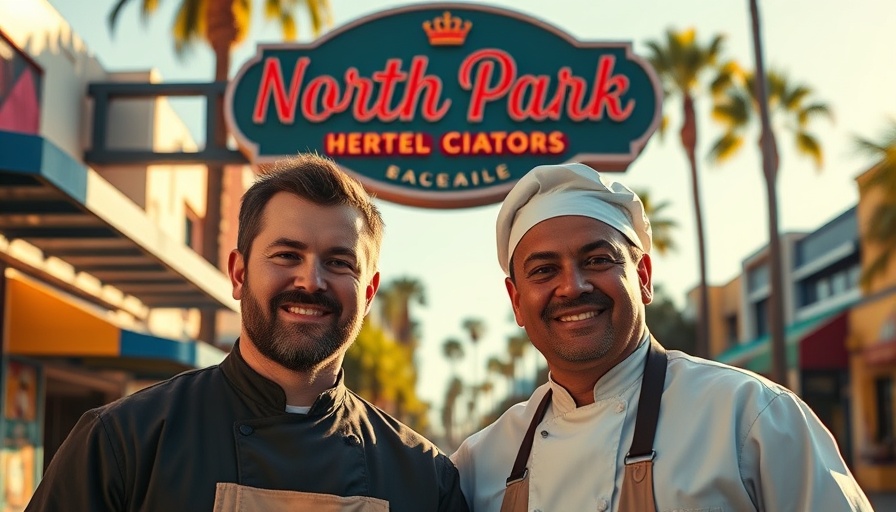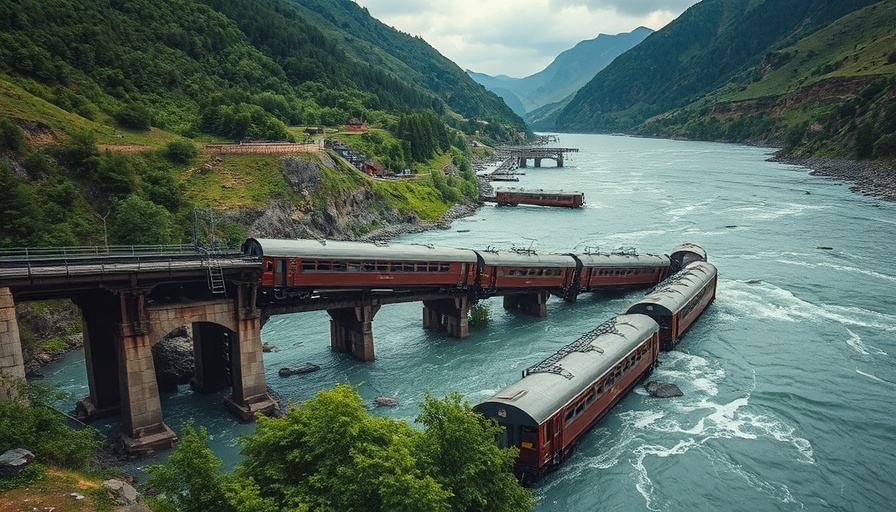
Big Changes Ahead for University Avenue
The San Diego Association of Governments (SANDAG) has approved a significant project that will finally bring bike lanes to University Avenue. This project, which stretches 2.8 miles from Estrella Avenue to 69th Street, is a long-awaited enhancement to the cycling infrastructure in San Diego and is part of a broader initiative to promote safer streets in the area, initiated all the way back in 2013.
Investment for Improvement
This $26.9 million project is expected to not only provide bike lanes but also improve intersections and traffic signal placement. The enhancement aims to create safer travel for cyclists, pedestrians, and even drivers. With over $200 million allocated to the regional bike program funded by Transnet and other sources, the expectation for better biking conditions is high. Yet, faced with various budget concerns, adaptations had to be made, leading to overall project costs exceeding the initial estimates.
Historical Context: Slow Progress
The timeline from planning to approval has raised eyebrows among watchdogs and cycling advocates. After initial bids for the project exceeded the estimated costs, SANDAG had to revisit the design and request additional funds to cover necessary alterations. This has led to frustrations voiced by community members, especially given that preparations began nearly a decade ago. With an overall completion of just 6.5 out of the planned 12 miles of new bike lanes, there’s a mounting concern over efficiency and execution.
Safety Concerns: A Call for Urgent Action
Statistics reveal that the University Avenue corridor has seen numerous accidents involving cyclists and pedestrians. Anar Salayev, executive director of BikeSD, highlighted the corridor’s reputation as one of the most hazardous routes for all types of commuters. The local community anxiously waits for improvements to minimize the risk of further accidents. With hundreds of crashes reported over the years, the urgency for infrastructure upgrades has never been clearer.
A Future Affirmed in Commitment
As work commences this summer, the hope is that this project will set a precedent for future infrastructure developments in San Diego. While this project will involve reworking traffic signals and creating bus islands that keep cyclists safer, it represents an essential commitment toward a more bike-friendly city. Residents who want to invest in a cleaner, greener future will benefit immensely from these ongoing efforts.
 Add Row
Add Row  Add
Add 




Write A Comment